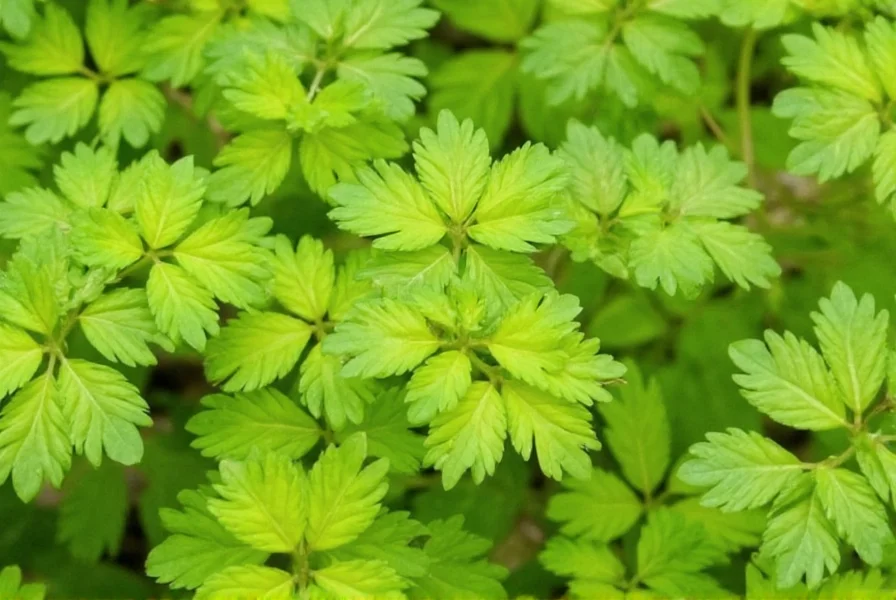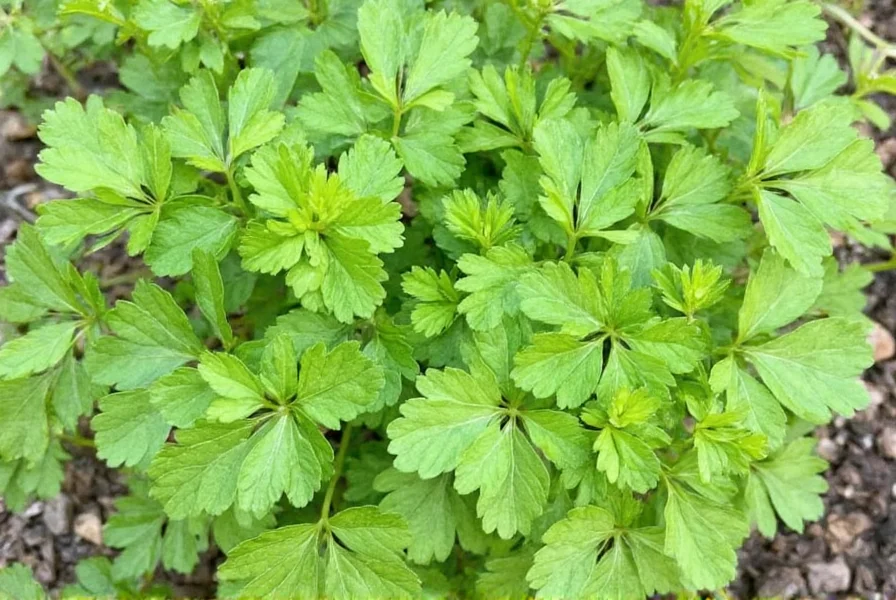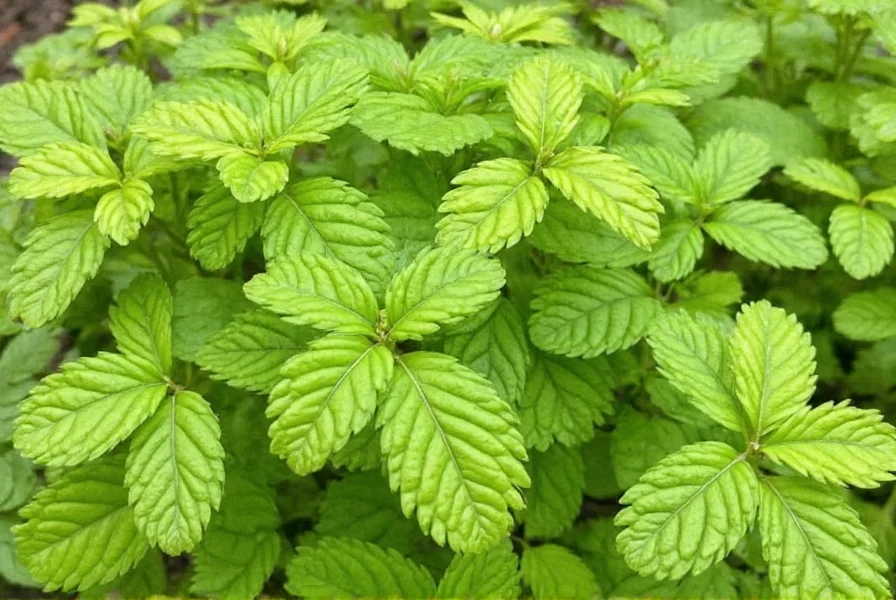Coriander Golden represents a specialized cultivar that has gained popularity among both home gardeners and professional chefs for its visual appeal and nuanced culinary properties. Unlike common coriander varieties with deep green leaves, this particular strain features vibrant golden-yellow foliage that maintains its distinctive color throughout the growing season under proper conditions.
Understanding the Golden Coriander Plant Characteristics
The most immediately noticeable feature of Coriander Golden is its foliage color, which ranges from pale yellow to golden-green depending on growing conditions. This coloration results from a natural genetic variation that affects chlorophyll production. The plant typically reaches 18-24 inches in height with the same lacy, delicate leaves characteristic of standard coriander, though the golden hue makes it particularly valuable as an ornamental edible in garden design.
When evaluating golden coriander plant characteristics, gardeners should note that the flavor profile differs subtly from traditional varieties. While maintaining the essential citrusy, slightly peppery notes associated with coriander, Golden variety often exhibits a milder, sweeter taste with less of the soapy undertone that some people detect in regular cilantro. This makes it particularly appealing to those with genetic sensitivity to the compounds that cause the soapy taste in standard coriander.

Coriander Golden vs Regular Cilantro: Key Differences
Understanding the differences between Coriander Golden and standard green varieties is essential for both cultivation and culinary applications. The table below outlines the primary distinctions:
| Characteristic | Coriander Golden | Regular Cilantro |
|---|---|---|
| Foliage Color | Golden-yellow to pale green | Deep green |
| Flavor Profile | Milder, sweeter, less soapy notes | Stronger citrus-peppery notes, potential soapy taste |
| Heat Tolerance | Moderate (slightly better than standard) | Poor (bolts quickly in heat) |
| Ornamental Value | High (contrasts well in gardens) | Moderate |
| Germination Time | 7-14 days | 7-10 days |
Optimal Growing Conditions for Coriander Golden
Successfully cultivating Coriander Golden requires attention to specific environmental factors that differ slightly from standard coriander varieties. This cultivar performs best in partial shade, particularly in warmer climates, as direct sunlight can cause the golden foliage to fade toward green. The ideal temperature range is 50-75°F (10-24°C), with protection from extreme heat which accelerates bolting.
When considering how to grow coriander golden variety, soil preparation is crucial. These plants thrive in well-draining, loamy soil with a pH between 6.2 and 6.8. Amending the soil with organic matter improves both drainage and nutrient availability. Unlike some herbs, Coriander Golden prefers consistent moisture without becoming waterlogged—aim for soil that remains evenly moist but never soggy.
For gardeners seeking best conditions for growing coriander golden, succession planting every 2-3 weeks ensures a continuous harvest throughout the growing season. This practice counteracts the plant's tendency to bolt quickly, especially as temperatures rise. Container gardening works exceptionally well for this variety, allowing growers to move plants to optimal light conditions as needed.
Culinary Applications and Flavor Profile
The culinary uses of golden coriander extend beyond mere visual appeal in dishes. Chefs value this variety for its more delicate flavor that complements rather than dominates dishes. The golden leaves make stunning garnishes for light-colored dishes like fish, chicken, and vegetable preparations where traditional green cilantro might create visual discord.
When harvesting for culinary purposes, morning is the optimal time as essential oils are most concentrated. The entire plant is usable—leaves, stems, and seeds—with each component offering slightly different flavor notes. The golden coriander seeds develop the characteristic coriander flavor but with a more nuanced, slightly sweeter profile compared to seeds from green varieties.

Common Challenges and Solutions
Gardeners growing Coriander Golden may encounter several specific challenges. The most common issue is color fading, where the distinctive golden hue transitions to green. This typically occurs when plants receive too much direct sunlight or when temperatures exceed 80°F (27°C). Providing afternoon shade and consistent moisture helps maintain the characteristic coloration.
Like all coriander varieties, Golden coriander is prone to bolting (going to seed) when stressed by heat or irregular watering. To extend the harvest period, pinch off flower stalks as soon as they appear and maintain consistent soil moisture. Some gardeners report that Coriander Golden has a slightly longer harvest window before bolting compared to standard varieties, making it somewhat more forgiving for novice growers.
Harvesting and Storage Techniques
Proper harvesting techniques maximize both yield and flavor quality for golden coriander. Begin harvesting when plants reach 6-8 inches in height, taking outer leaves first to encourage continued growth from the center. For culinary uses of golden coriander, harvest in the morning after dew has dried but before the heat of the day.
Storage presents unique considerations for this golden variety. The delicate leaves are more prone to wilting than standard green coriander. For best results, store harvested leaves in a glass of water (like cut flowers) with a plastic bag loosely covering the top, refrigerated. Alternatively, freeze leaves in ice cube trays with water or oil for longer-term preservation while maintaining flavor.
Conclusion: The Unique Value of Coriander Golden
Coriander Golden offers gardeners and culinary enthusiasts a distinctive alternative to traditional coriander varieties. Its visual appeal, milder flavor profile, and slightly different growing requirements make it a valuable addition to herb gardens and professional kitchens alike. Whether you're seeking golden coriander harvesting tips for home gardening or exploring its culinary applications, this unique variety provides both aesthetic and flavor benefits that standard green coriander cannot match.
Frequently Asked Questions
Does Coriander Golden taste different from regular cilantro?
Yes, Coriander Golden typically has a milder, sweeter flavor profile with less of the soapy notes that some people detect in regular cilantro. This makes it particularly appealing to those with genetic sensitivity to the compounds that cause the soapy taste in standard coriander varieties.
Why is my Coriander Golden turning green instead of staying golden?
Excessive direct sunlight and high temperatures are the primary causes of color fading in Coriander Golden. The plant performs best in partial shade, particularly in warmer climates. When temperatures exceed 80°F (27°C) or the plant receives too much direct sun, the distinctive golden color will gradually transition to green as chlorophyll production increases.
Can I grow Coriander Golden indoors successfully?
Yes, Coriander Golden grows well indoors with proper conditions. Use a south-facing window or supplemental grow lights (12-14 hours daily), well-draining potting mix, and maintain temperatures between 60-75°F (15-24°C). Indoor plants require consistent moisture but avoid overwatering. Container gardening is actually one of the best methods for growing coriander golden variety as it allows you to control light exposure to maintain the golden color.
How does the yield of Coriander Golden compare to regular coriander?
Coriander Golden typically produces slightly less foliage than vigorous green varieties but offers a longer harvest window before bolting in optimal conditions. The yield is generally sufficient for home culinary use, though commercial growers may find standard varieties produce higher volumes. The distinctive color and flavor often justify the slightly lower yield for specialty culinary applications.











 浙公网安备
33010002000092号
浙公网安备
33010002000092号 浙B2-20120091-4
浙B2-20120091-4